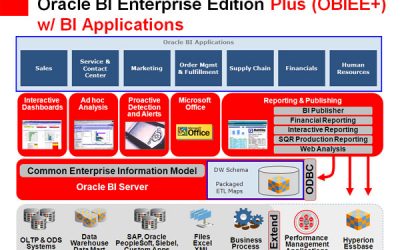The world of business intelligence is continuing to embrace self-service analytic tools, and the use of these continues to grow, almost exponentially. It is expected, that by the end of 2016 a majority of businesses will have some sort of self-service BI in place and the data visualization software to go with it. However, an understanding on how to support their use is essential and any new architecture needs a solid foundation. By doing this business users will be in the perfect position to succeed with the new technologies.
 It isn’t a case of simply taking the Field of Dreams approach: “If you build it, they will come.” Just implementing the latest set of self-service analytic tools and opening the process of BI up to all and sundry individuals within an organization isn’t going to fully realize the promise that self-service BI holds.
It isn’t a case of simply taking the Field of Dreams approach: “If you build it, they will come.” Just implementing the latest set of self-service analytic tools and opening the process of BI up to all and sundry individuals within an organization isn’t going to fully realize the promise that self-service BI holds.
Ed Burns, Site Editor for Techtarget.com, writes that a lot of behind the scenes work is required to properly prepare the data architecture so that business users can get the most out of these new technologies.
He uses the example of CDPQ, a Montreal-based financial services company managing public-sector pension funds in Quebec, which began building its data management architecture to give business users better access to data, equipping them with self-service tools.
Before this, the information needed to analyze market trends and investment portfolios moved between convoluted point-to-point systems and more often than not was kept hidden away in spreadsheets; guarded jealously by the owner. However changes made have enabled data to be available throughout the organization – with users manipulating and analyzing it on their own through the implemented self-service and visualization tools.
The company followed “an opportunistic deployment strategy,” instead of trying to deploy the architecture all at once. This has made the process of implementation much more manageable. The new setup adapts “the principles of service-oriented architectures to the data layer, creating a portfolio of data services that reduce coupling between systems.” This has the effect of simplifying extract, transform and load process for feeding data warehouses. Suddenly, the task of obtaining the desired subset, converting it to the desired state and loading it onto the required device is made perfectly easy for anyone needing to download temporary or permanent subsets of data for their individual needs.
Big Data and related technologies – from data warehousing to analytics and business intelligence (BI) – are transforming the business world. Big Data is not simply big: Gartner defines it as “high-volume, high-velocity and high-variety information assets.” Managing these assets to generate the fourth “V” – value – is a challenge. Many excellent solutions are on the market, but they must be matched to specific needs. At GRT Corporation our focus is on providing value to the business customer.
Oracle Looks at BI Trends
Mobile is taking over the Business Intelligence (BI) world. So is the cloud. And Big Data, especially "unstructured"...



